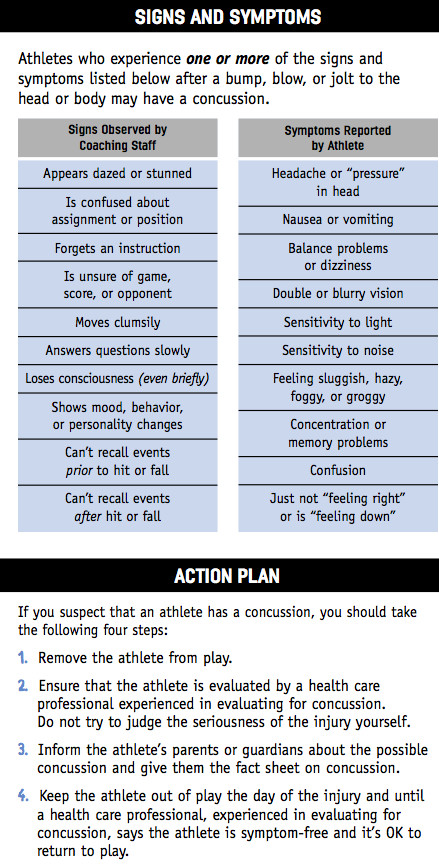Keeping athletes safe on and off the field
Five Towns school districts adhere to concussion protocols
The death of Shoreham-Wading River High School varsity football player Tom Cutinella due to a head injury in an Oct. 1 game reverberated throughout the Long Island scholastic sports community and was felt in the Five Towns.
“My first [emotion] and I am still feeling it is such sadness for the family, athletes and community,” said Lawrence Assistant Superintendent for Student and Community Affairs and Pat Pizzarelli, who also serves as the school district’s athletic director. “This is a terrible tragedy,” said Hewlett-Woodmere Athletic Director Jeff Malis. “Our condolences, thoughts and prayers are with the family, friends, teammates and the entire Shoreham-Wading River community.”
Helping to ensure that athletes, especially in contact sports such as football, maintain their health, Pizzarelli, a former football, lacrosse and basketball coach, said that the New York State Public High School Athletic Association mandates that medical coverage of some type is present at all high school and middle school football games. “This can be a doctor, a certified trainer, an AMT, EMT or a physician’s assistant,” he said. AMT is an advanced medical technician and EMT is emergency medical technician.
Concussion training for all coaches is mandated by the state, and recertification of that training occurs every two years. “We also educate our players and parents about concussions and have them sign off that they at least read the material provided,” Pizzarelli said. “The coaches also talk about all injuries in the parent meetings they have at the beginning of the season.”
When a player does suffer a hit to the head many schools, including Lawrence uses a protocol set down from the Center for Disease Control called “Heads Up Concussion.” Each step of the protocol takes one day to complete.
Ravo said the steps include: light jogging, running/sprinting, non-contact sports specific drills, light contact drills, full contact drills and then return to play. “If any symptoms return the athlete will then return to the first stage after all the symptoms are gone again in twenty-four hours,” he said.
One hard hit to the head could be as harmful as repeated hits. As in the case of Cutinella, who suffered his fatal head injury on one play when blocking, but had also played football for a few years and played lacrosse, another contact sport where players are required to wear a helmet.
“[At Lawrence] we always stay on the side of safety first and any symptom is taken very seriously and results in the athlete being removed from game or practice and evaluated by me or the doctor at the football game,” said Ravo, who added that the athlete’s parents are informed and based on the evaluation or the parents’ choice, or both, the player could be checked further at a hospital or by a specialist.
In addition to checking on the athletes’ health, Malis said that the equipment used by the district’s football players is stringently maintained. “All of our equipment is reconditioned each year and checked to ensure adherence to National Operating Committee on Standards for Athletic Equipment guidelines,” Malis said. “Equipment that does not meet these strict guidelines is immediately replaced.”






